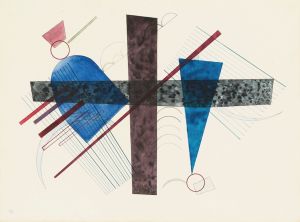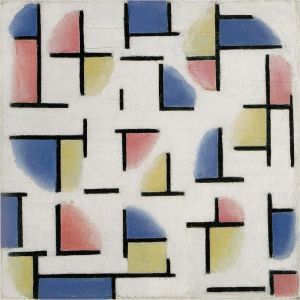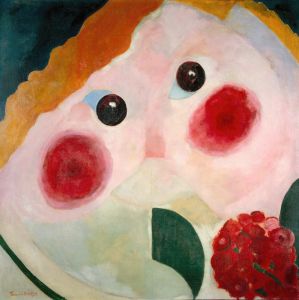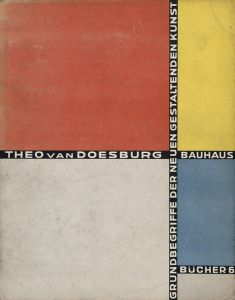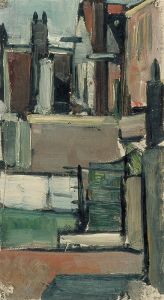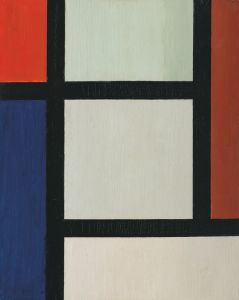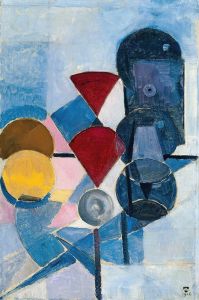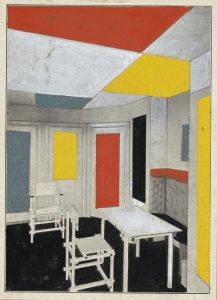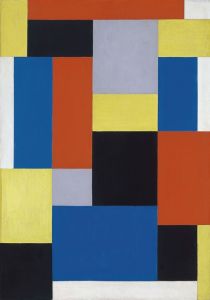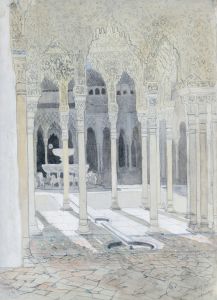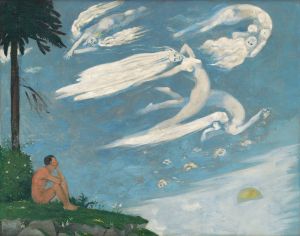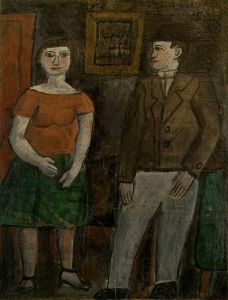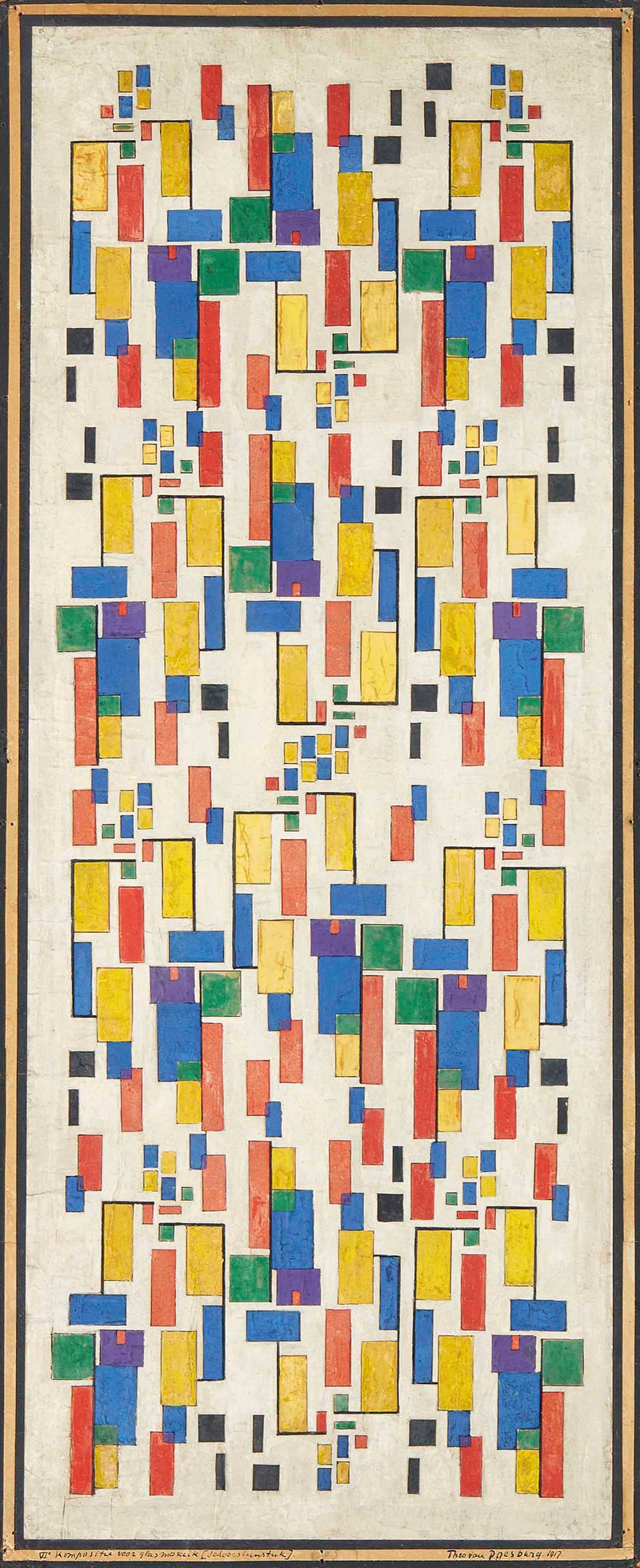
Kleurontwerp voor schoorsteenstuk
A hand-painted replica of Theo van Doesburg’s masterpiece Kleurontwerp voor schoorsteenstuk, meticulously crafted by professional artists to capture the true essence of the original. Each piece is created with museum-quality canvas and rare mineral pigments, carefully painted by experienced artists with delicate brushstrokes and rich, layered colors to perfectly recreate the texture of the original artwork. Unlike machine-printed reproductions, this hand-painted version brings the painting to life, infused with the artist’s emotions and skill in every stroke. Whether for personal collection or home decoration, it instantly elevates the artistic atmosphere of any space.
Theo van Doesburg, a prominent figure in the De Stijl movement, created the artwork "Kleurontwerp voor schoorsteenstuk" (Color Design for Chimney Piece) in 1919. This piece exemplifies van Doesburg's commitment to the principles of De Stijl, which emphasized abstraction and simplicity, focusing on basic visual elements such as geometric forms and primary colors.
Van Doesburg was a Dutch artist, architect, and writer, and he played a crucial role in the development and dissemination of the De Stijl movement. Alongside Piet Mondrian, he sought to create a universal visual language that could transcend cultural and national boundaries. The movement was characterized by a reduction of form and color, aiming to achieve harmony and order through abstraction.
"Kleurontwerp voor schoorsteenstuk" is a design rather than a traditional painting, reflecting van Doesburg's interest in integrating art with architecture. This work was intended as a decorative scheme for a chimney piece, showcasing how art could be incorporated into everyday environments. The design features a composition of rectangular shapes in a balanced arrangement, using a palette of primary colors—red, blue, and yellow—alongside black, white, and gray. This color scheme is typical of De Stijl works, which sought to strip away the superfluous and focus on the essence of visual expression.
The artwork is significant for its demonstration of how van Doesburg applied De Stijl principles to interior design, illustrating the movement's broader goal of unifying art and life. By designing elements for architectural spaces, van Doesburg and his contemporaries aimed to create a total aesthetic experience, where art was not confined to galleries but was part of the living environment.
Van Doesburg's approach to art and design was deeply influenced by his belief in the transformative power of abstraction. He saw art as a means to express universal truths and sought to eliminate personal expression in favor of a more objective visual language. This philosophy is evident in "Kleurontwerp voor schoorsteenstuk," where the use of geometric forms and primary colors creates a sense of order and clarity.
The work also reflects van Doesburg's interest in the dynamic interplay between form and color. By arranging simple shapes in a harmonious composition, he explored the potential of color to define space and create visual rhythm. This exploration of color and form was a central concern of the De Stijl movement, which aimed to achieve a new aesthetic that was both modern and timeless.
"Kleurontwerp voor schoorsteenstuk" is an important example of van Doesburg's contribution to modern art and design. It highlights his innovative approach to integrating art with architecture and his commitment to the ideals of De Stijl. Through works like this, van Doesburg helped to shape the course of 20th-century art, influencing subsequent movements and artists who sought to bridge the gap between art and everyday life.






